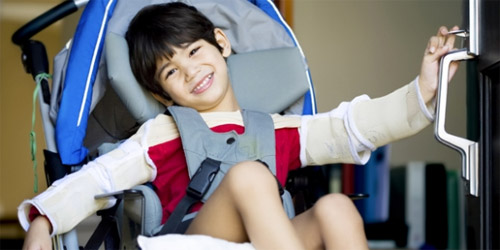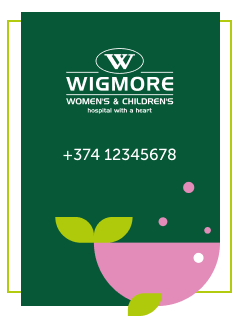Cerebral palsy is the most common cause of physical disability among children. Past studies have uncovered various risk factors for the condition, and new research suggests family may play a role in a child's risk for cerebral palsy.
A recent study found that people who come from families affected by cerebral palsy may have a higher risk of developing the condition. The level of that risk depended on which family members had the condition.
The lead author of this study was Mette C. Tollånes, postdoctoral fellow from the Department of Global Public Health and Primary Care at the University of Bergen in Bergen, Norway. Cerebral palsy is an umbrella term for any of the brain disorders that appear during infancy or early childhood that permanently affect body movement and muscle coordination but don’t progress over time. Abnormalities in parts of the brain that control muscle movement cause the movement and coordination issues associated with cerebral palsy. The condition typically starts showing signs before a child reaches 3 years old.
This study included 2,036,741 people born in Norway between 1967 and 2002. The researchers used national population, medical and insurance records to identify cerebral palsy diagnoses and family members. A total of 1,991,625 of the participants were single births, and 22,558 were pairs of twins. Among the participants, 3,649 had been diagnosed with cerebral palsy.
The prevalence was 1.8 cases per 1,000 children born during between 1967 and 2002. The rate for twins was 5.1 cases per 1,000 children versus a rate of 1.7 cases per 1,000 children for those who were single births.
The findings showed that if one twin had cerebral palsy, the other twin was 15.6 times more likely to develop the condition compared to twin pairs where neither had cerebral palsy. Among families with a single child with cerebral palsy, the risk of the condition affecting any subsequent siblings increased by 9.2 times for full siblings and three times for half-siblings. The researchers discovered that the children whose parents were diagnosed with cerebral palsy had a 6.5-fold increased risk of developing the condition compared to the children of parents who were not affected. Whether the mother or the father had cerebral palsy did not affect the risk of passing it along to their child or children, the researchers reported.
The findings also revealed a weak association between having a first cousin with cerebral palsy and increased risk of developing the condition. Those who had a first cousin with the condition had a 50 percent increased risk of having cerebral palsy. Gender also did not affect the risks associated with affected siblings or cousins. After controlling for preterm birth — a very large risk factor associated with cerebral palsy — Tollånes and team found that the familial risks remained largely the same, with some of them becoming even stronger. "Our data suggest that cerebral palsy includes a genetic component, with a stronger recurrence among relatives with closer genetic relationships," the researchers concluded.
However, the researchers said they believe that genetic influences only represent one piece of the puzzle when it comes to causes of cerebral palsy. The researchers said future research is needed and that it "should consider the possibility of genetic causes as well as genetic susceptibility to environmental causes."
This is the first study to investigate cerebral palsy and different degrees of family ties.
The study was limited by a lack of information on the subtypes of cerebral palsy, and different subtypes may have different causes. Also, the researchers could not identify cases of cerebral palsy that were caused after birth.
Families who have had a child with cerebral palsy may not be as likely to have another child, so the association between siblings may have been over represented. This study was published July 15 in BMJ. The University of Bergen, the Western Norway Regional Health Authority and the Intramural Research Program of the National Institute of Environmental Health Sciences of the National Institutes of Health provided funding.

















